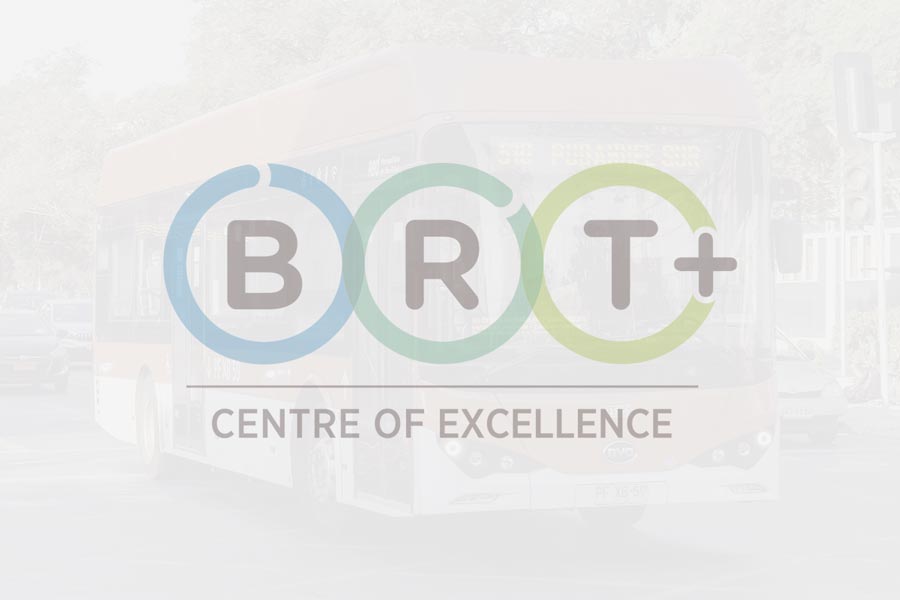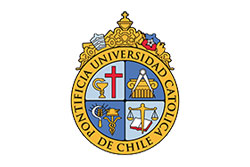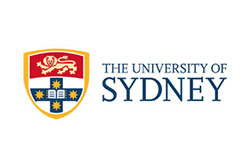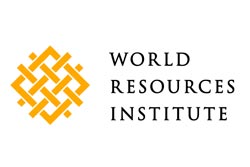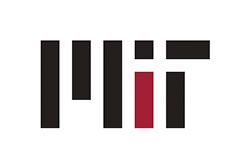Opinion Pieces: since 2007, Prof. David Hensher has written an opinion column in the Australasian Bus and Coach magazine, where he monthly discusses a lot of different transport-related hot topics. In this section we are revisiting these columns.
January 2008
Many years ago I said that ‘One will never make public transport more attractive without making the car less attractive, if buses and trains want to make a serious dent in the mainstream travel market, in contrast to the number of niches which keep public transport, buses in particular, afloat’. The situation appears to have hardly changed with one exception – the real curse of the road system, namely traffic congestion, may the savior of public transport, but only if governments are able and willing to invest literally billions of dollars into public transport infrastructure in metropolitan areas. Sadly in Australia, the lack of political will at all levels of government, in supporting congestion charging and some amount of hypothecation, means that revenue sources will be hard to come by.
Despite the long list of offered ‘solutions’ by ‘experts’ and the democratic community of the partially informed ‘lay experts’, the simple facts are that until we can offer a substantially improved public transport system, there is very little chance that any major policy effort to attract significant car users into public transport will be anything than a short term nightmare, with a consequential return back to the car. With a modal share in Sydney of 10 percent of passenger trips by public transport, and with rail struggling to cope now that any spare capacity has been taken up, imagine getting even two percent of 48 car trips into the rail system or the buses. This would increase public transport trips by 20 percent and the current system simply would not be able to cope. A similar situation would exist in Melbourne. What this suggests, time and time again, is that a focus of substantially higher frequency of bus services combined with efforts to establish
dedicated rights-of-way for buses, is not only a sensible value for money strategy, it is also the way of delivering accessibility and connectivity to the entire metropolitan area. A mix of good coverage and good frequency is essential. Focussing on specific corridors with high cost investments such a heavy rail, while appealing to some and also sensible to some degree, comes at a very high opportunity cost of being unable to invest in the rest of the public transport network, which is essential to ensure a mainstream move back to
public transport.
The good news is that politicians and government advisers agree with all of this; the bad news is that they have limited resources to do a great deal about it. It is just a matter of time before we have to involve the private sector and introduce more efficient variable user charging for car use. If it is done properly, most car users will be better off. As an example of taking the hard decisions, the Dutch government, in 2011, plans to scrap road tax as well as purchase tax on new cars. This will provide a fairer system which taxes vehicle use, rather than ownership. Indeed, the minister says that more than half of Dutch road users will actually pay less under the road user charging scheme. According to calculations by motoring organisations, only motorists who drive more than 18,000kms a year are likely to be worse off under the new scheme. In Australia, the average kms per annum of urban residents using their privet car is 12,500kms.
Food for thought.
¿Comments? ¿Opinions? ¿Similar News? Send them to us!


